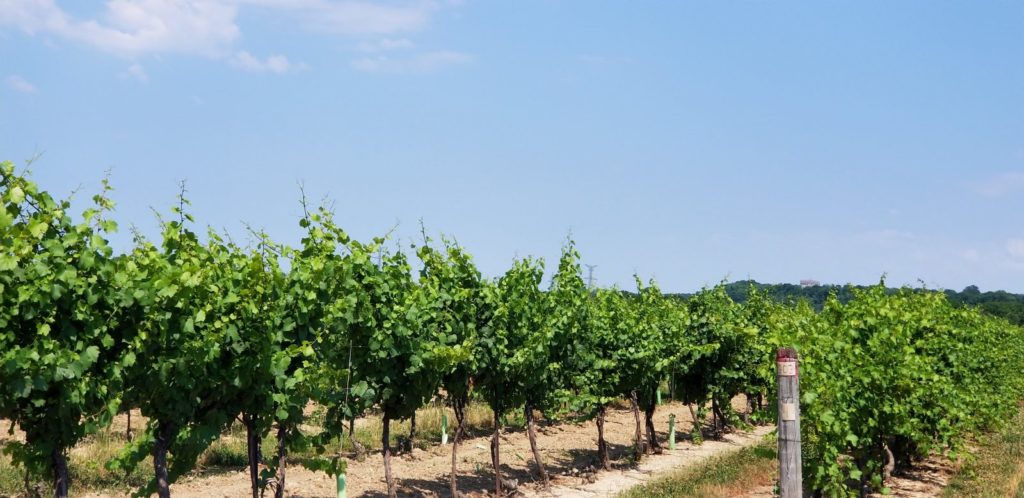WEDNESDAY, JUNE 01, 2022 | by Cathy Majtenyi
Agriculture is a major economic driver in Ontario’s Greenbelt, yet less than five per cent of the area’s 66 municipalities have reached out to research institutions for information or advice, says a recent Greenbelt Foundation report.
Brock University’s Niagara Community Observatory (NCO) is aiming to bridge that gap locally through a project called Enhancing Municipal Capacity to Promote and Support Agriculture in the Niagara Region.
“This project is helping municipalities build capacity to support and promote a competitive sustainable agriculture sector in the region by sharing information, resources and tools to help them make evidence-based decisions,” says NCO Research Fellow Amy Lemay, who is heading up the project’s team.
With funding from the Ontario Ministry of Agriculture, Food and Rural Affairs (OMAFRA), the NCO research team is setting up the Niagara Agriculture Municipal Learning Network, which among other things will provide a series of briefing notes and infographics to municipal staff and elected officials on specific agricultural issues.
Also included will be summaries of Brock University’s agricultural studies. These include research by Professor of Biology Liette Vasseur on how cover crops protect soils against climate change effects and research on high-quality, virus-free plant materials conducted by Sudarsana Poojari, Senior Staff Scientist at Brock University’s Cool Climate Oenology and Viticulture Institute (CCOVI).
NCO plans to launch the network at a virtual meeting to be held Thursday, June 9.
The team has already reached out to regional and municipal councillors, mayors, chief administrative officers and economic development officers in all of Niagara’s municipalities to invite them to join the network. However, participation is open to all regional and municipal staff.
The team is also consulting with stakeholders in the Niagara agriculture industry to identify key issues that the network will address, says Lemay.
In August and September, the project team will be conducting farm tours “where municipal staff and elected officials will have the opportunity to engage with local farmers, learn about emerging, evolving opportunities and challenges facing the agriculture industry and how municipal policies, planning and program decisions impact the industry,” she says.
Lemay says inspiration for the project came from the 2021 Greenbelt Foundation report, which states that “a thriving agriculture industry depends on the knowledge and support provided by municipal governments.”
The report outlines agricultural challenges in the Greenbelt’s municipalities. In Niagara, municipalities had less than one full-time staff dedicated to agriculture issues, according to the report.
Lemay cites data from Statistics Canada saying that in 2016, there were 1,800 farms in the Niagara region, which was about four per cent of the total number of farms in the province, generating just over $800 million in farm receipts, which is 5.5 per cent of total provincial farm receipts.
She notes the region’s social and cultural identity is shaped largely by the agriculture sector, especially in the grape and wine industry, generating further economic benefits.
“There are some really exciting things that are going to happen in agriculture that make it a prime sector for economic development and growth,” Lemay says. “Through this project, we want to help municipalities build capacity to respond to issues and opportunities around planning and programming.”
All regional and municipal staff and elected officials are welcome to join the Niagara Agriculture Municipal Learning Network. Please contact Knowledge Broker Bunmi Okuwa at bokuwa@brocku.ca for more information.

